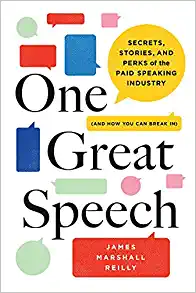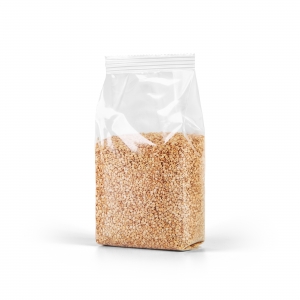Placement Smarts for Stores and Blogs
Blog marketing and placement of goods in a grocery store have a lot in common, it seems.
Consumer psychologists have found that shoppers need a little time to get into the shopping mindset. That’s why you’ll often find magazines, books, and flowers near the front of the stores, to get shoppers into a more relaxed frame of mind, authors of The Big Book of Secrets explain. Then, since frequent customers who buy the same staples each week might ignore other items, stock is rotated frequently to lure shoppers to consider new items. Placement on shelves is super-important, because study after study has shown that items put at eye level are most frequently purchased. For that reason, smart merchandising involves placing the most expensive items on eye level shelves; suppliers may be charged extra for placing their goods at eye level,
Welcoming readers to the store or the blog
Just as shoppers arrive at the grocery store because they are interested in finding certain goods, online readers will have landed on your blog because they are interested in finding information on your topic and possibly making a purchase. Unlike the grocery shoppers described in the Big Book of Secrets (who know they’re in the right place, just need to be put into a more relaxed frame of mind), online searchers need immediate confirmation that they’ve come to the right place. To that end, according to blog mavens Shel Holtz and Ted Demopoulos, key words and phrases should be among the first words in your blog title and then reappear in your first lines of the post.
Staying at eye level
In comparison with putting grocery goods at shoppers’ eye level, eye-tracking studies have shown that searchers scan a page top to bottom and left to right, looking for information that matches what they typed into the search bar.
Putting the thesis and conclusion on the “end caps”
Grocery marketing studies have shown that placing items on end caps (the shelves at the outer end of each aisle), can boost sales by as much as a third. When it comes to blogging for business, I teach at Say It For You, the “end caps” of blog marketing are titles and closing lines. in helping high school and college students write effective essays, I often suggest they introduce their readers to both their topic and their thesis, doing both those things on the “end cap” where they’ll get the most attention. That way, I teach each the student writer, your readers will understand not only what issue will be under discussion, but towards “which side” of the argument you’re trying to steer your readers. In business blog writing, for the opening “end cap”, you may choose to present a question, a problem, a startling statistic, or a gutsy, challenging statement. Later, on the “back end” of your blog “aisle”, your “pow” closing statement ties back to the opener, bringing your post full circle.
Checking out
In a grocery store, even shoppers who leave totally empty-handed must pass by the checkout counters. In blog marketing, the equivalent is an “enticing, well-written Call to Action, as written.com suggests.
Just as if your were managing a grocery store, use your placement smarts in blogging for business!






Follow us online!